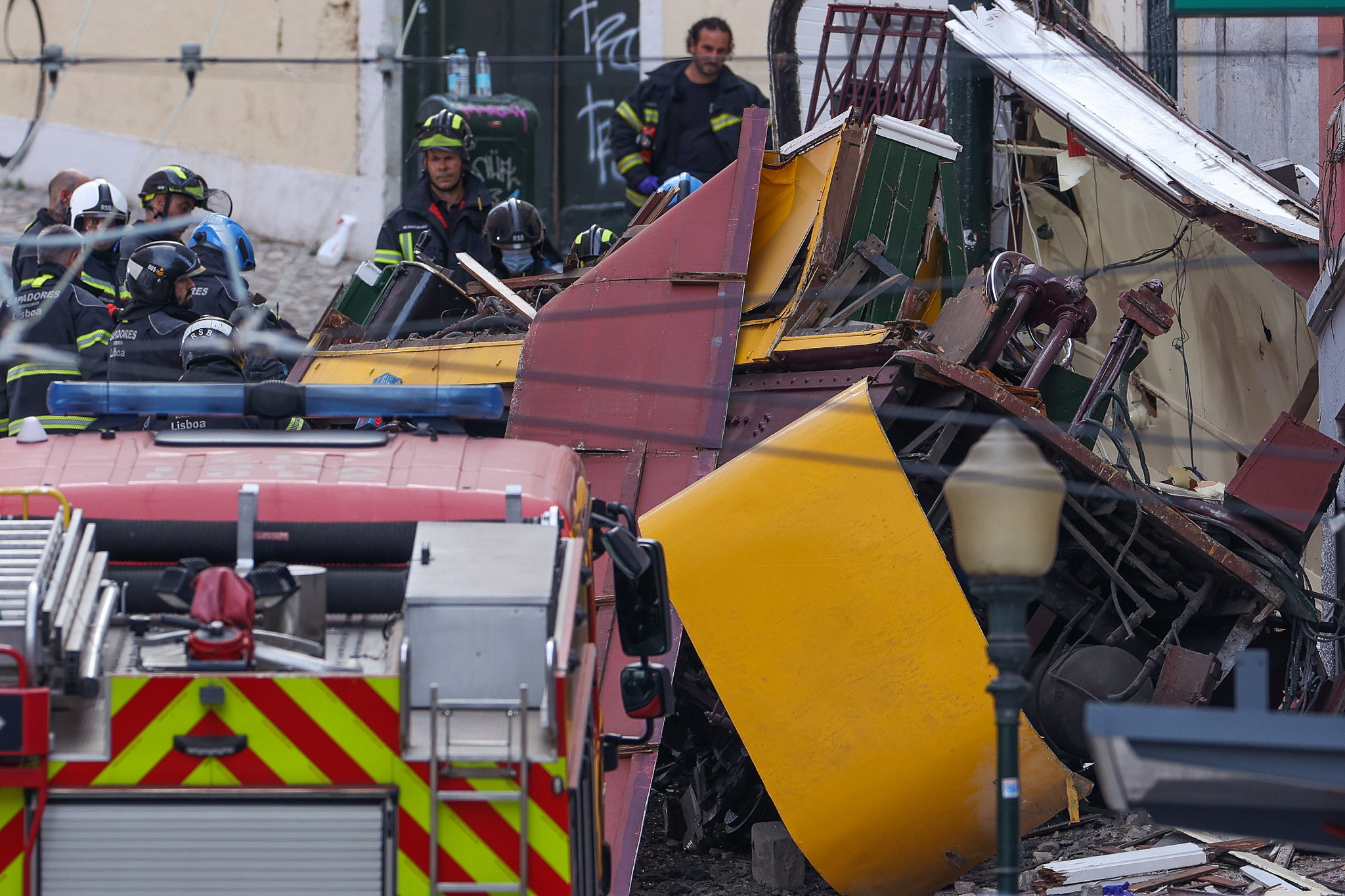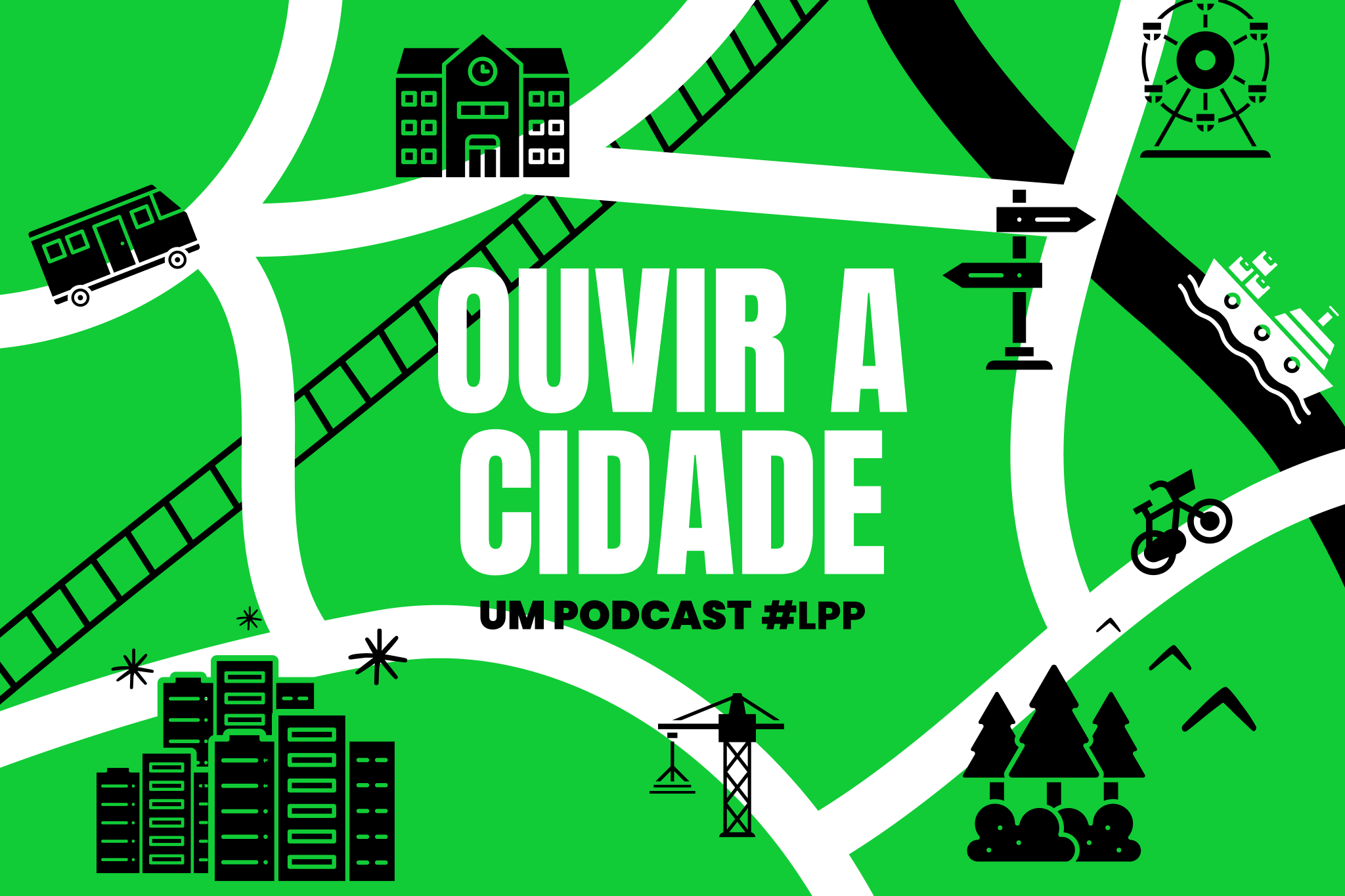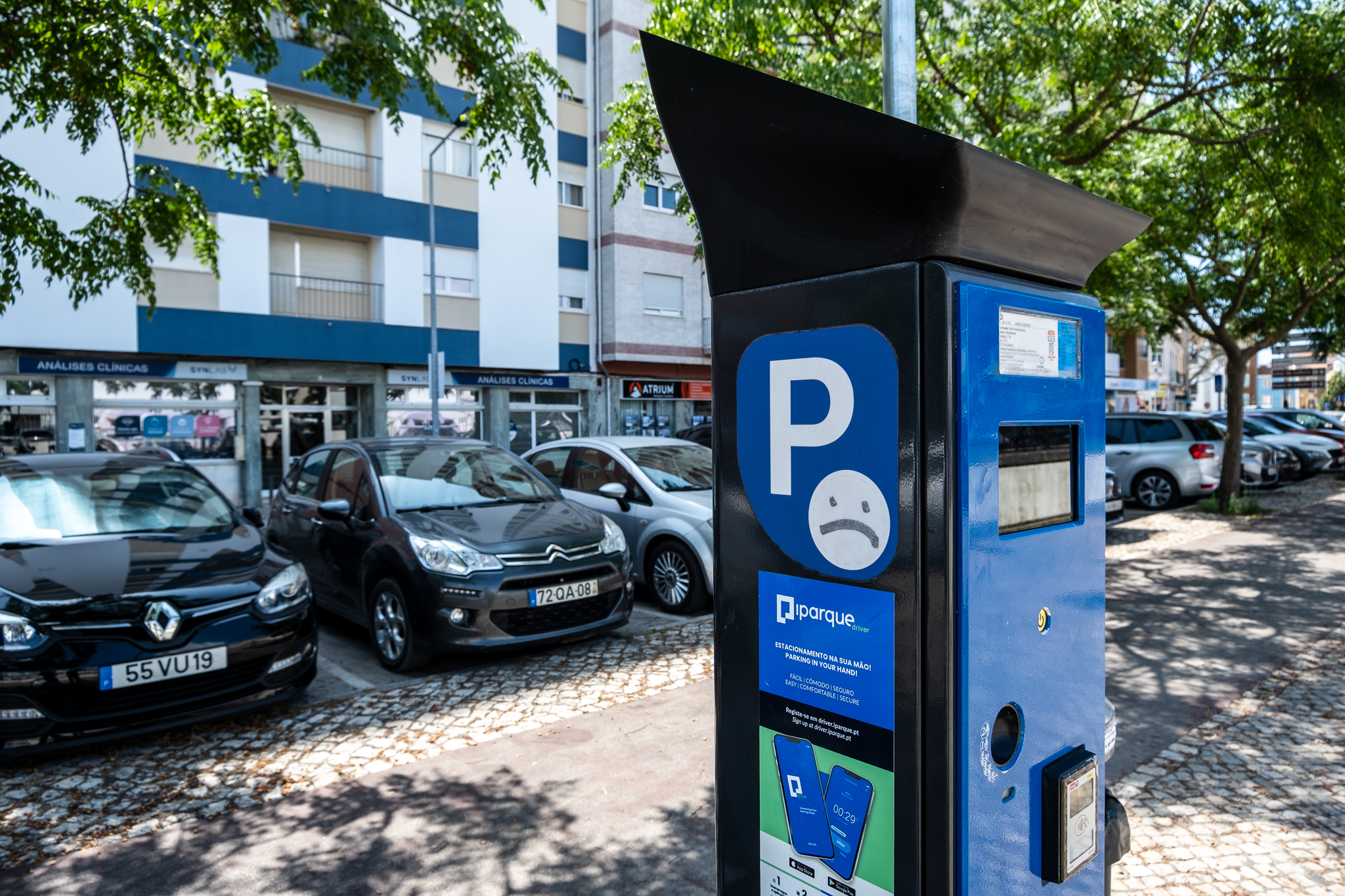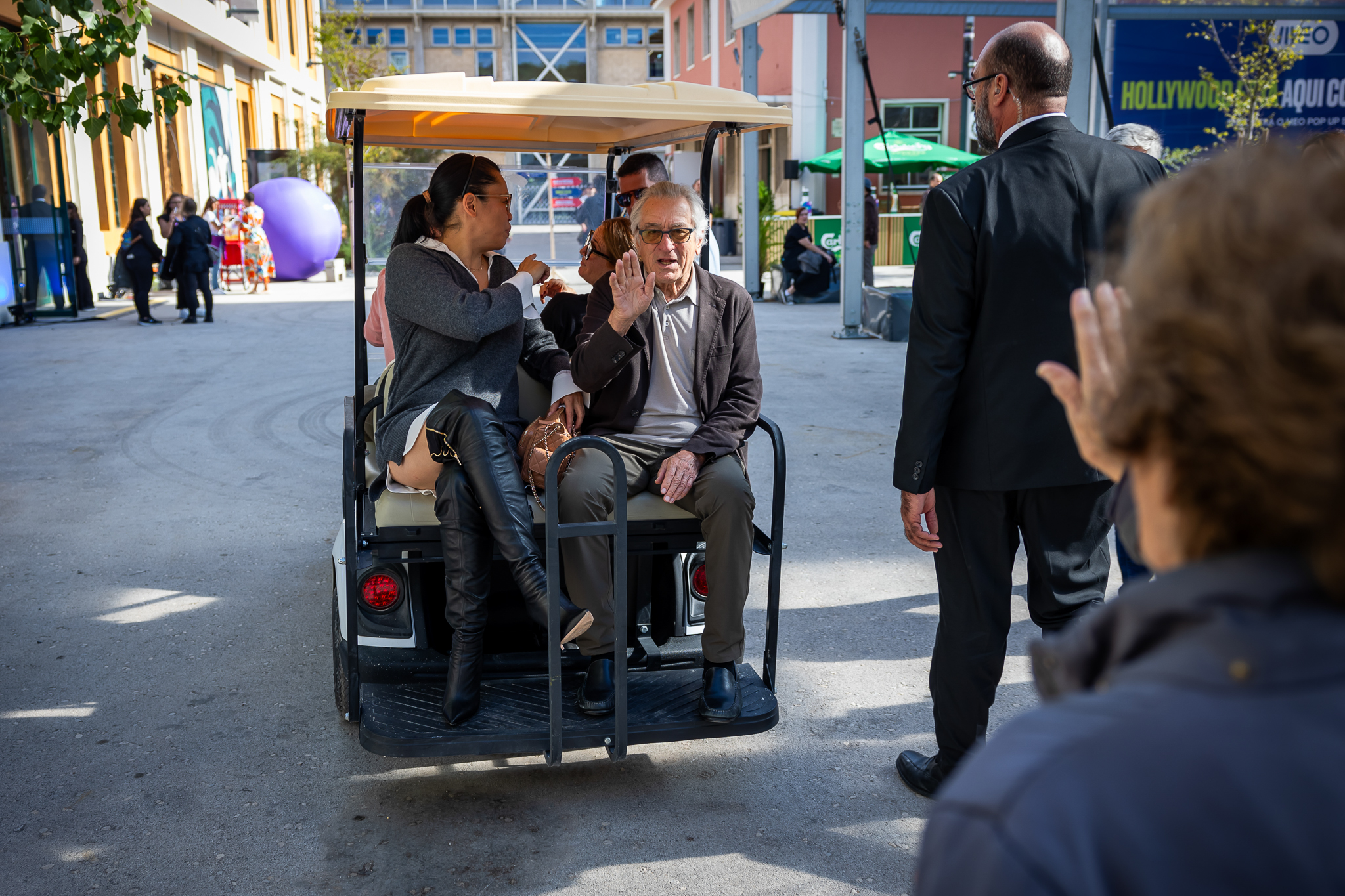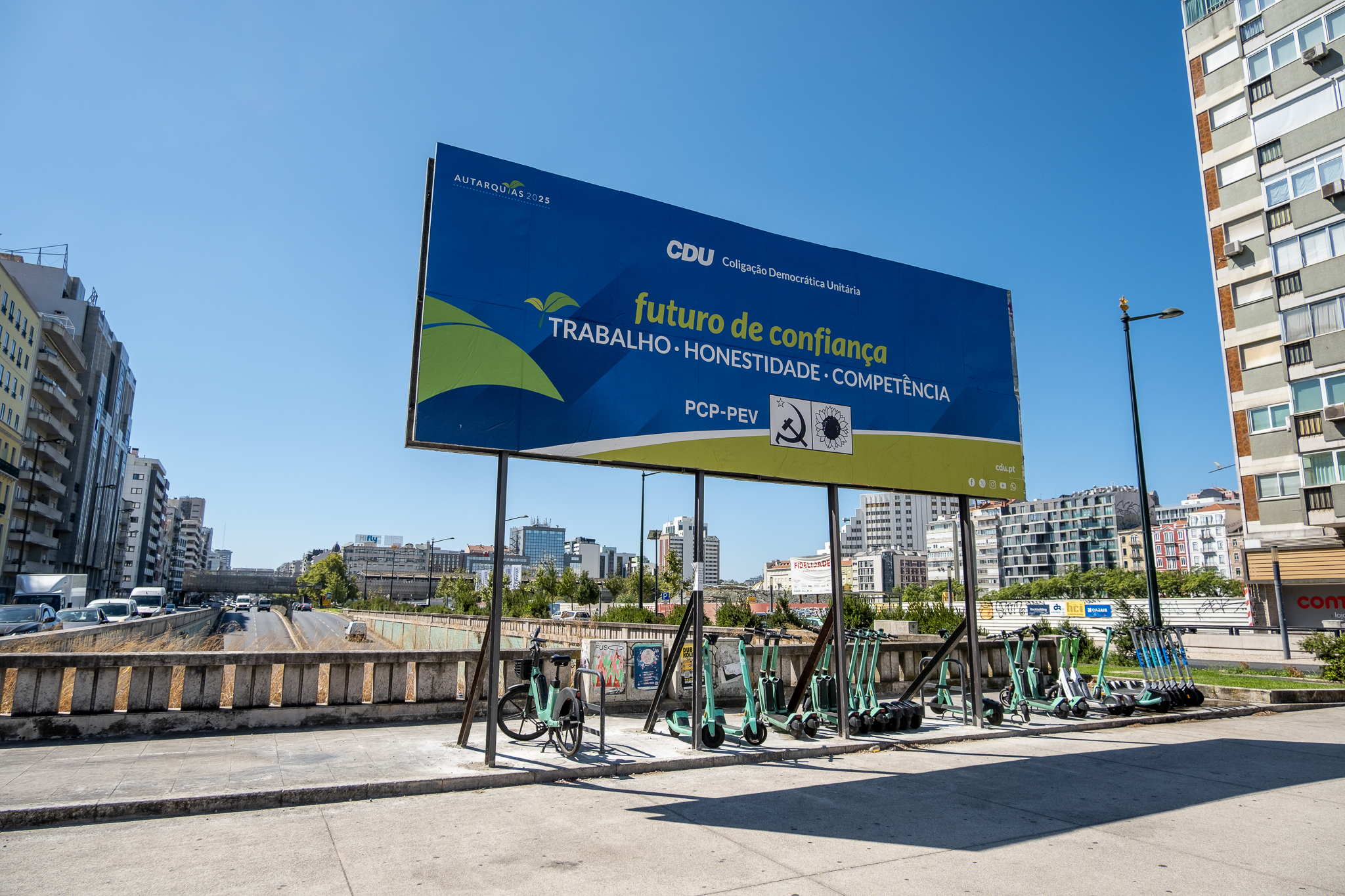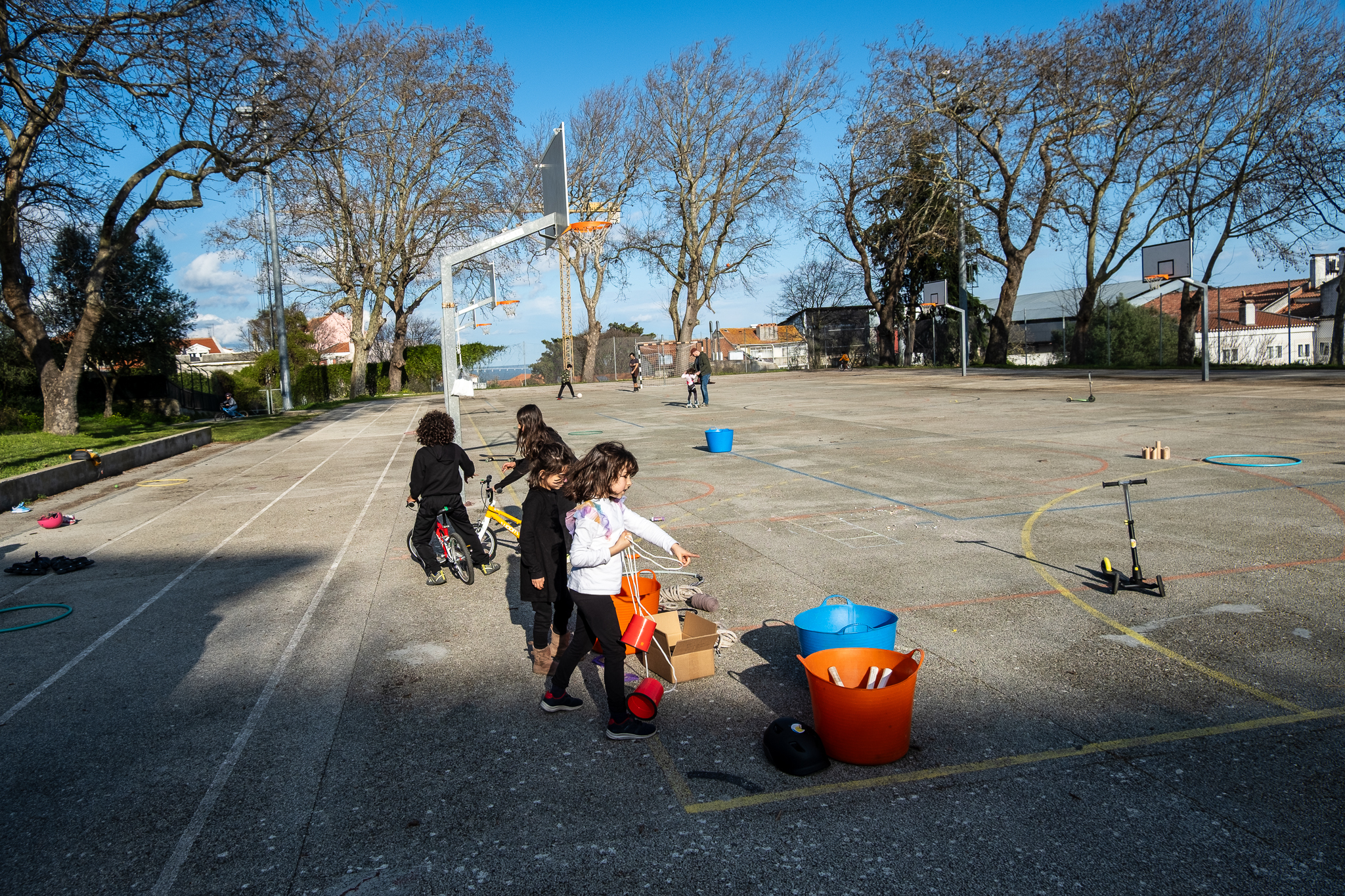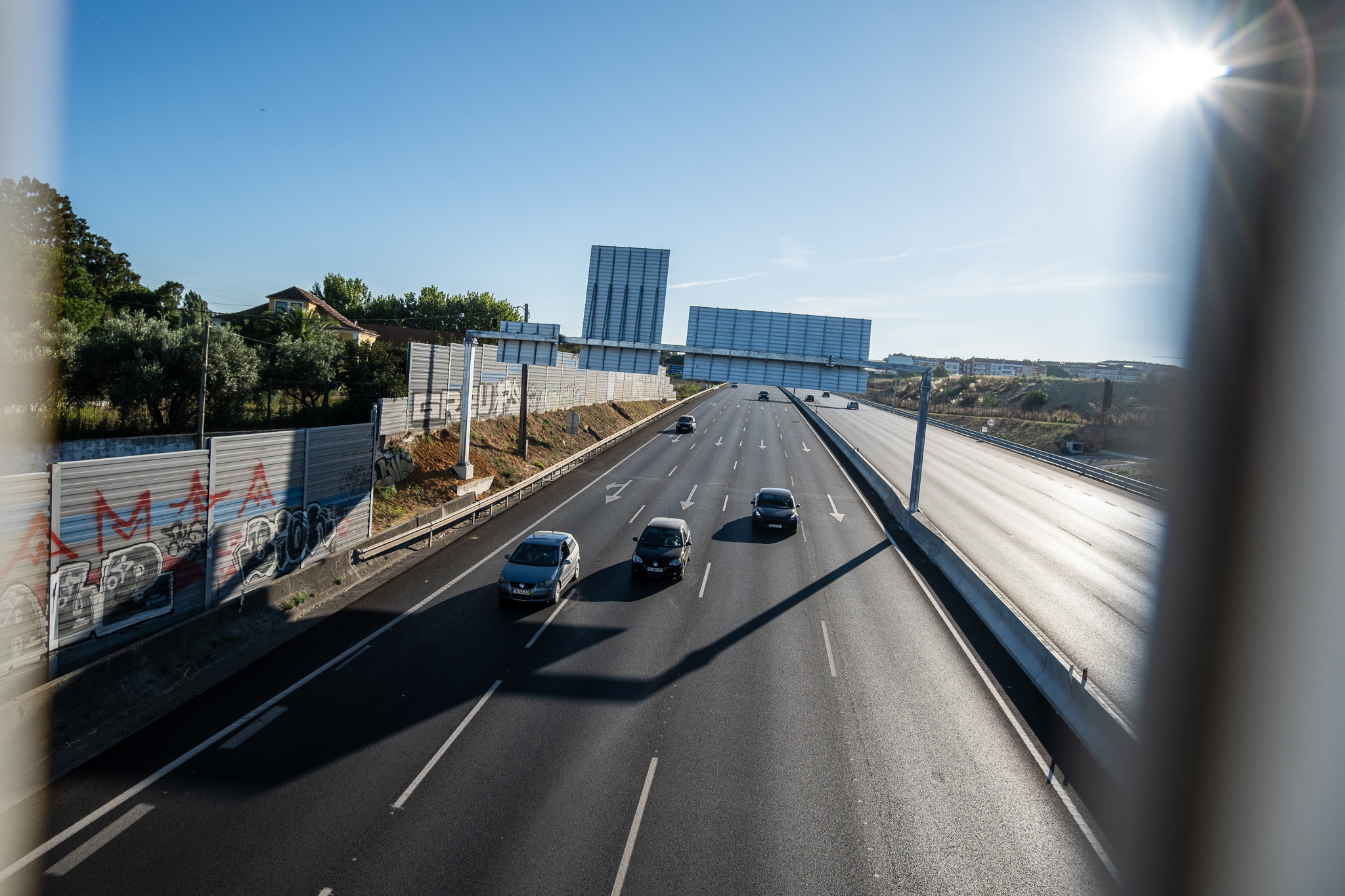The Lisbon City Hall requalified the surroundings of EB1 Rosa Lobato Faria, a "forgotten" school in the city, in the parish of São Vicente. The before and after show a significant change.

Most students in Lisbon go to school by car. A 2021 survey, which is conducted annually by the municipality in several schools in the city, reports that 48.2% of children and young people travel to school by car25.8% by foot, 23.6% by public transport and only 1.5% by bicycle. Already a report on the state of childhood obesity, published December 2017 with nationwide data for 2016, indicated that 76.6% of children went to school by car, only 17.5% by foot or bicycle. And the majority of parents (64.1%) did not consider the road to school safe for their children.
The numbers paint the reality that we can daily see in front of the gates of the city's schools. Especially in the morning, at the entrance time, which ends up being common to the different classes, the traffic queues seem endless, there are cars stopped everywhere - even if it is a bus stop, a sidewalk or a crosswalk - and public transportation is delayed in the middle of all this confusion. The chaos lasts only a few minutes - it's like a storm that comes and goes, but repeats itself morning after morning, for an entire school year. You hear the horns because there are those who don't hurry, and you feel the stress who still have to run for their jobs. The pollution thickens, right in front of the children's noses.
The before
At João Campos' daughter's school, it is no different. Early one Wednesday morning, João went to drop off his little one at EB1 Rosa Lobato Faria, in the parish of São Vicente. They live about a kilometer away, so they walk. This is usually the routine, but on that September 29th, 2021, John stayed a little longer to talk to us and show us what he, too, routinely disliked about his daughter's school surroundings. On that September 29th, we walked down the school street from one end of the street to the other. We saw the sidewalks full of cars, making it difficult for the children to walk and increasing the danger at crosswalks. We paid attention to the signs limiting speed to 30 km/h but which should have had little effect in an urban design not very conducive to calm speeds. We observed the painful climb from Avenida Mouzinho de Albuquerque, which connects Santa Apolónia to Praça Paiva Couceiro - painful not only because of the slope but also because of the narrow sidewalks that, when they exist, are occupied by cars. We also noticed the slippery and crooked stairs that offer a shortcut to the said avenue.

"If there is money to put in pins [to block abusive parking] and to beautify the center of the parish, there has to be for here too. This area can't be forgotten."he lamented. João was referring to the urban arrangement that was done right next door, in the historical area of the parish of São Vicente: narrow, one-way streets, with a paved floor and properly organized parking - work that was right outside EB1 Rosa Lobato Faria's street. The area surrounding the school is part of a larger urban plan that provides for a redevelopment plan of the entire so-called Vale de Santo Antóniotransforming a site full of wasteland and urbanistic inconsistencies into a consolidated, humanized area with proximity services.
While waiting for this plan, EB1 Rosa Lobato Faria was living in the middle of pandemonium. João recognized that "you can't solve it from foot to hand" but considered that "if you have to start somewhere, and I am of the opinion that you should start at school". Creating a better environment in the school surroundings was not difficult, much less organizing parking in the area in such a way as to make the interests of the residents compatible with those of the school community - the streets were wide and had room for clipping spaces, and there are several vacant lots around. João told us that a parking lot was planned in one of them.
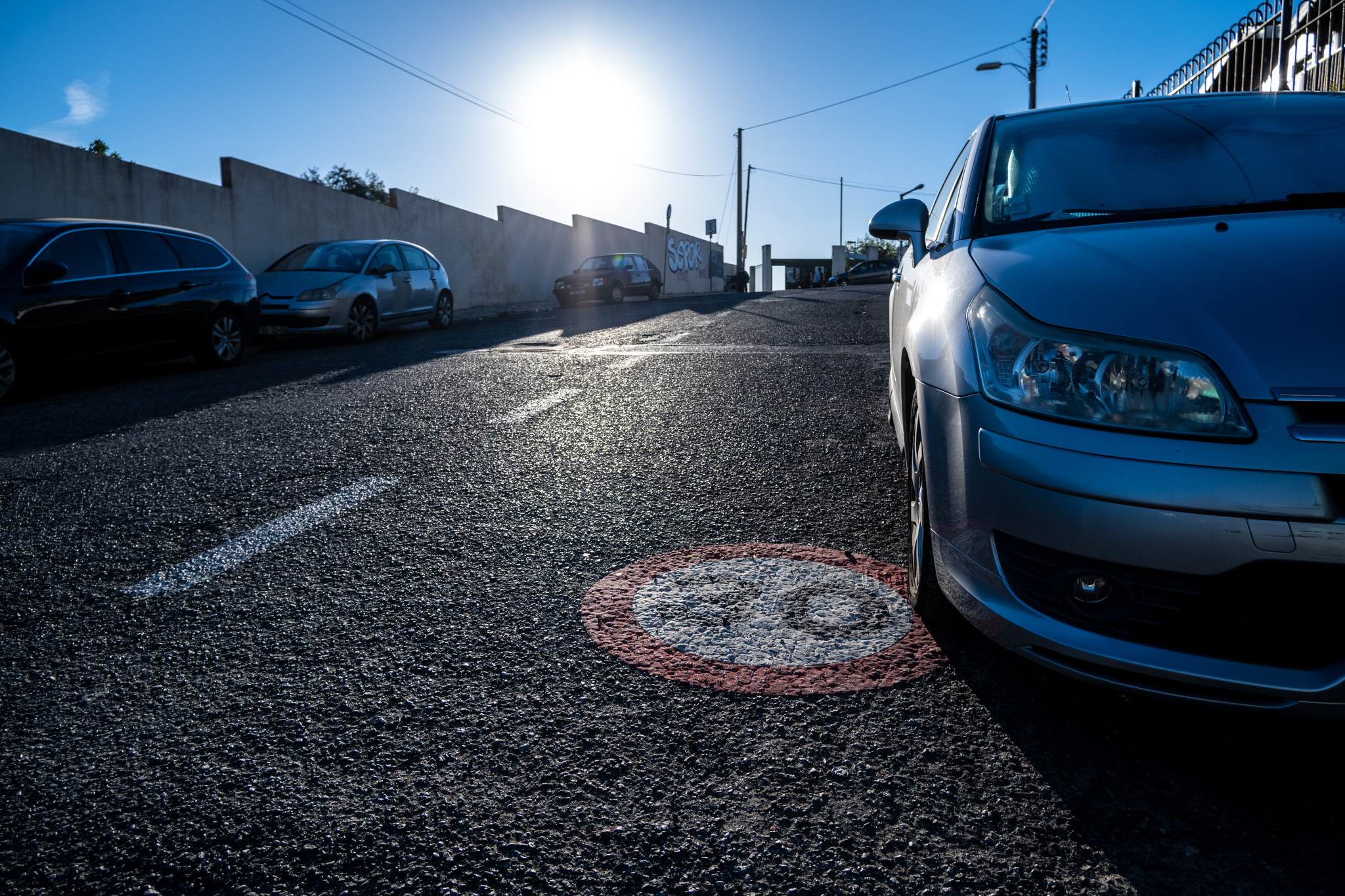


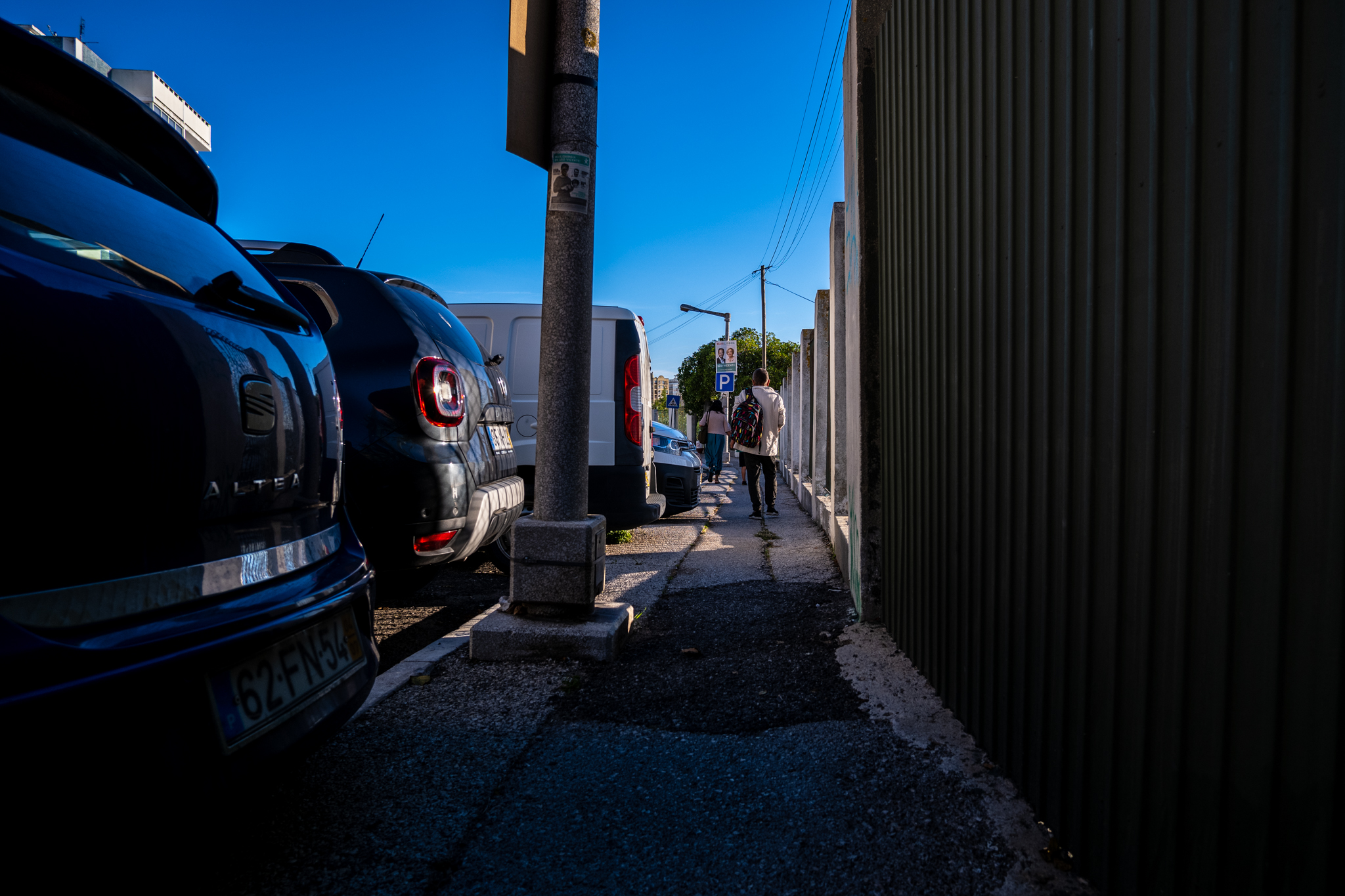
As we walk along the sidewalks narrowed by cars, a neighbor greets John as he makes his way to his car. Before leaving, he discreetly takes a picture of us. We don't know if the picture was taken in a Facebook or WhatsApp group, but João knew that he was a nuisance in his fight for a better neighborhood and a safer school. We have to "raise awareness, not fine"guarantee. João Campos is a member of the parents association of EB1 Rosa Lobato Faria, an association that seeks to represent all families and, therefore, should be consensual. It is a complicated job when many of the problems that João identifies in the school environment come from other parents.

It was early when we met, so we had time to see the quiet street before the usual rush of cars at drop-off time. We saw many arriving on foot, accompanied by their mothers and fathers, but also many being transported by car. There were those who stop it right on top of the gate, those who risk in hurried maneuvers on a curve of little variability and those who disrespect the "kiss&drive" system set up there not long ago by the municipality - a "kiss&drive" channel is a lane where drivers can stop for a minute, drop off their child at the school gate and go on their way. Children should be on the side of the car facing the school and the parents should not get out of the car, so that the stops are as quick as possible.
João told us that EB1 Rosa Lobato Faria is "right in the center of the city," but it's hard to even feel like we are in Lisbon. The area around the school seems incomplete. There is no coherence between the buildings, nor is there an exterior urban arrangement that we are used to in other areas of the city, properly consolidated, such as Alvalade or Areeiro. "If the conditions were right, I would bring the girl by bike"João said that he would like to eventually organize a Bike Train with other mothers and fathers.

And the after
We returned to EB1 Rosa Lobato Faria. A June 14, 2022We found a very different environment. The school now has a wide sidewalk outside the school, cars are no longer on the sidewalks, and crosswalks are now clear as well. There are horizontal and vertical markings indicating 30 km/h as the speed limit, but this is not one of those cases of paint limiting speeds - the The road was effectively reduced, namely the curve, and one of the crosswalks was raised. Pillars block off parking where previously parking was not allowed.

The environment is actually better, as João Campos recognizes. Still, he points out some flaws, and the lack of a place for quick stops in front of the school is one of them. There used to be a "kiss&drive" zone that has been eliminated; instead, six to seven drop-off spots have been reserved right next to the school, on the street down the street. But with many of them blocked off with permanently parked cars, parents are left with no alternative but to stop in the middle of the street. "They stop there in the middle of the street, often on the curve"says John, confirming something that our eyes have been seeing. "But now, at least, it's not on top of the gate anymore."
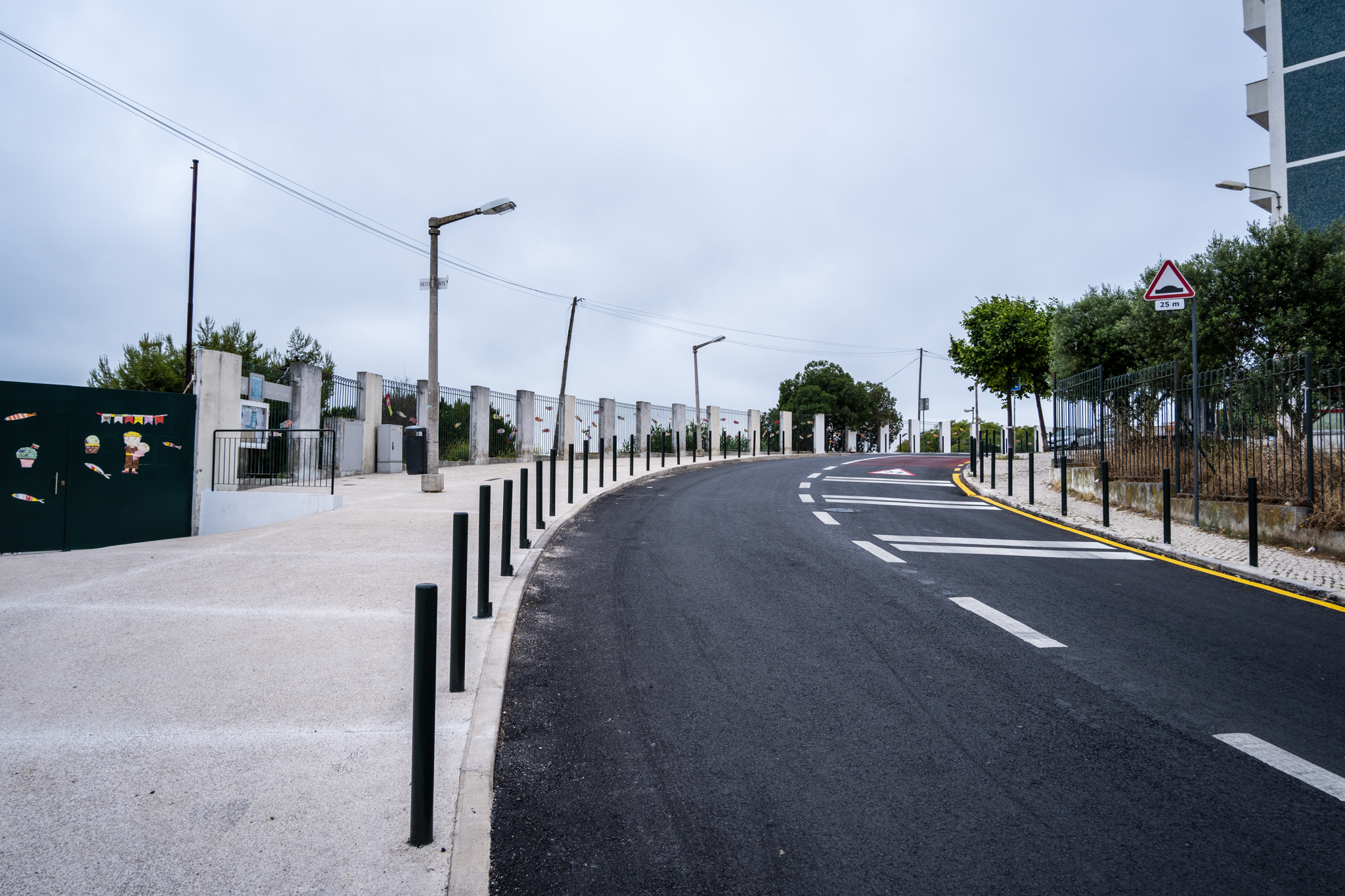
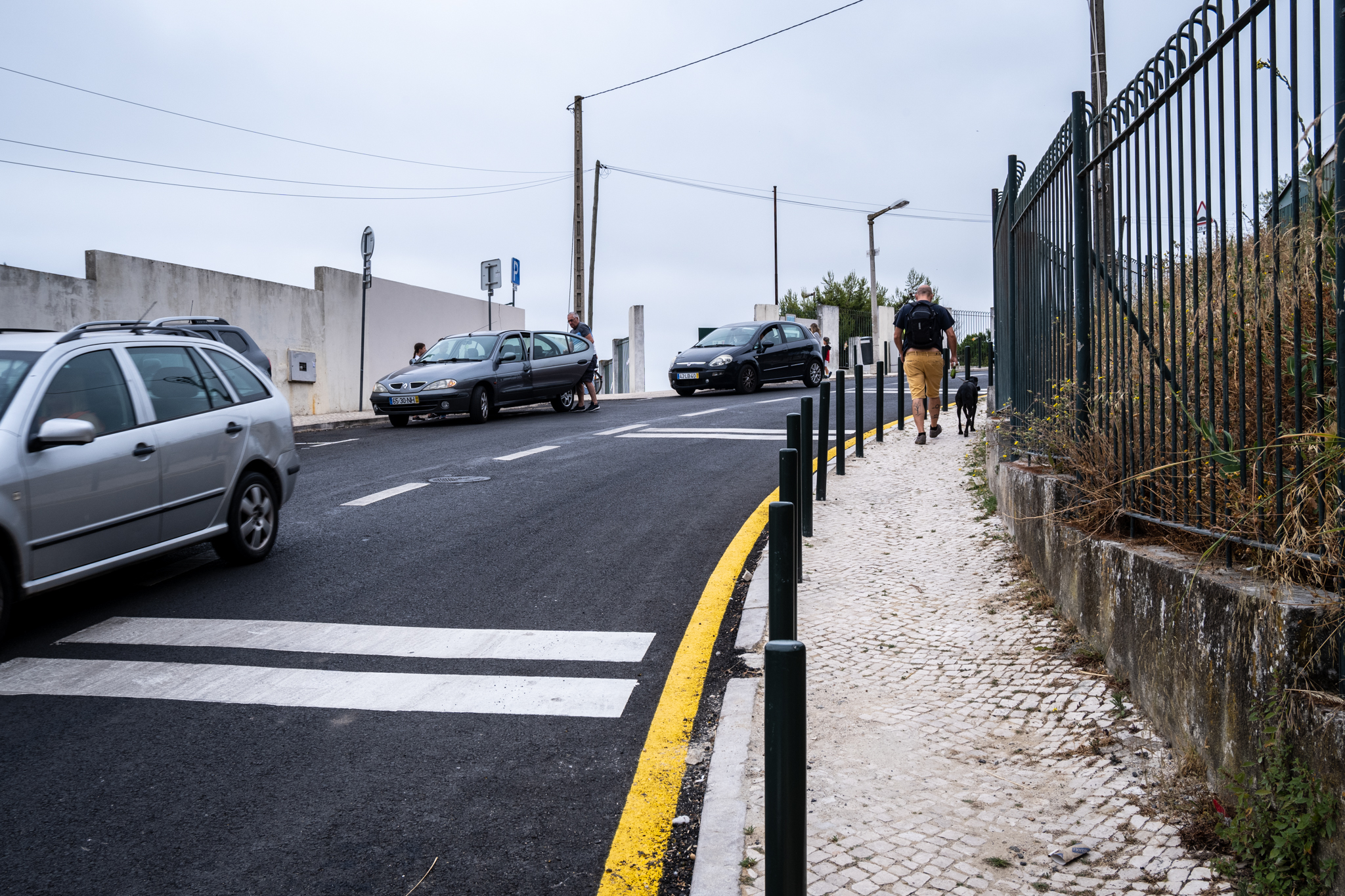
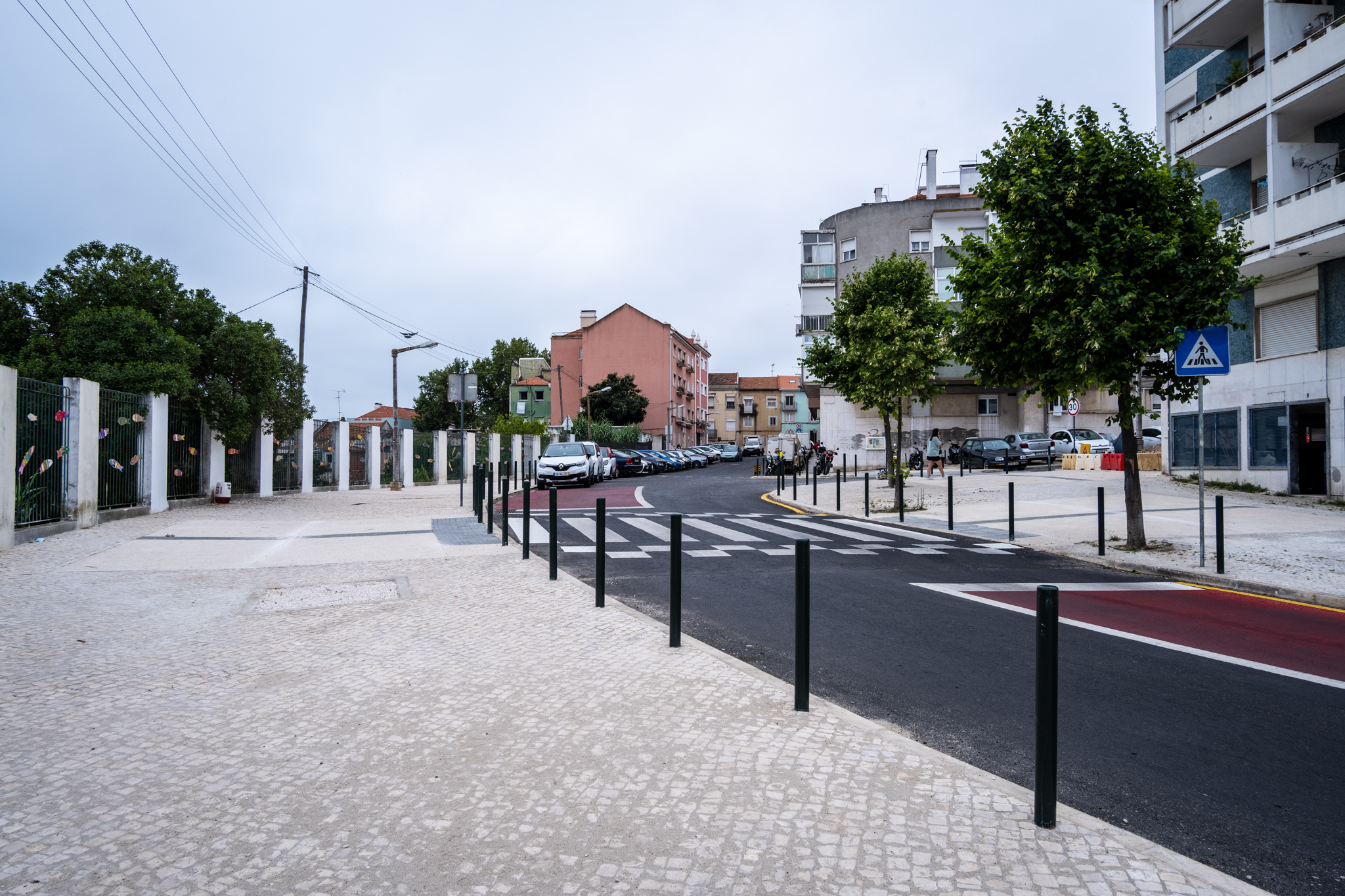
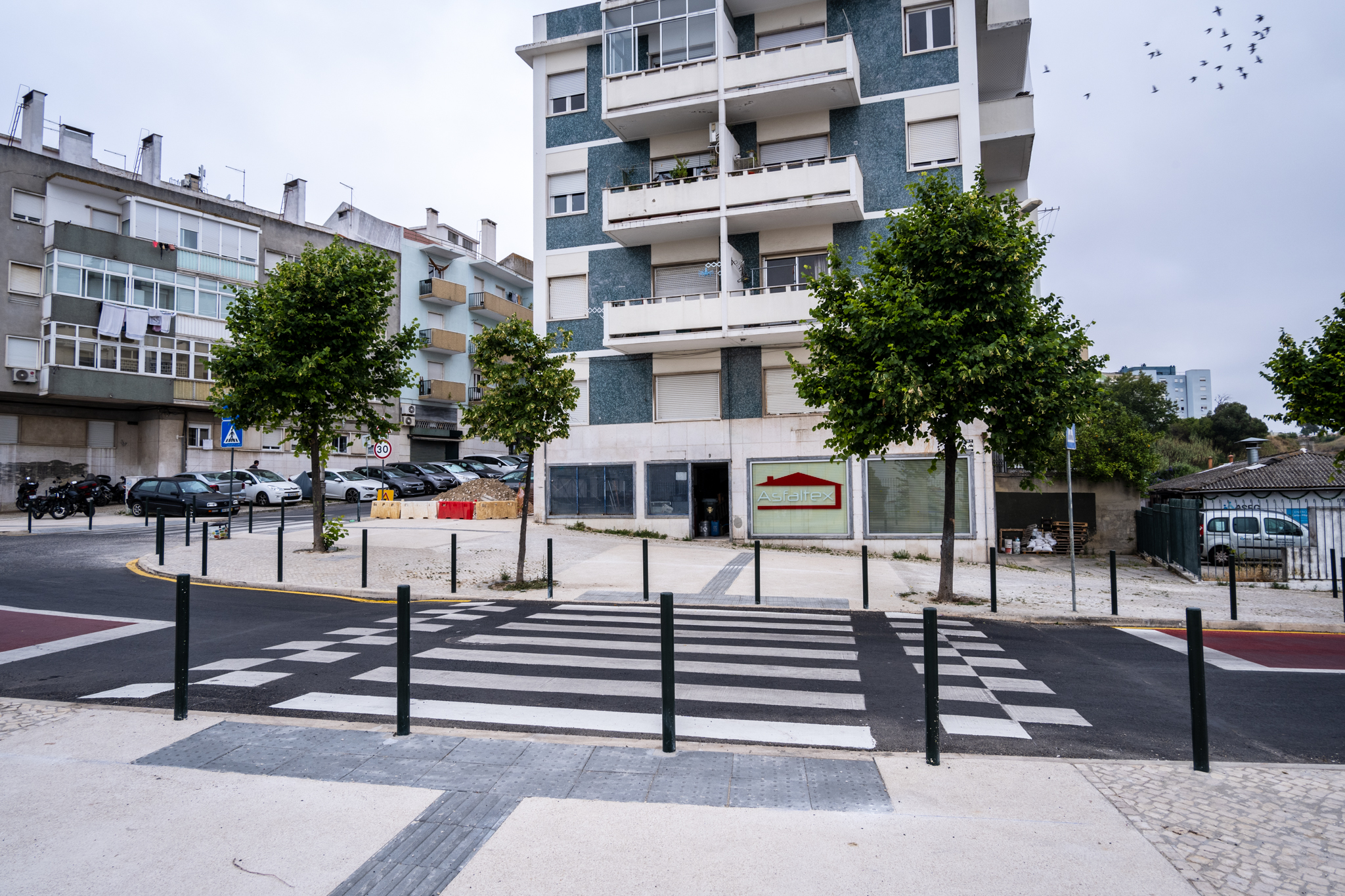
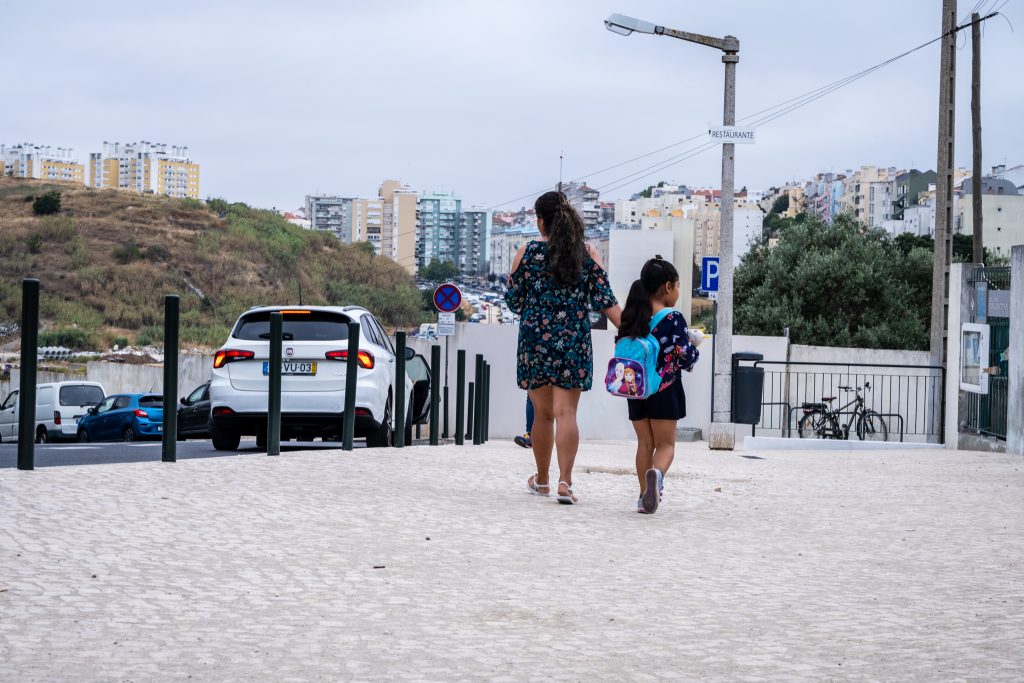
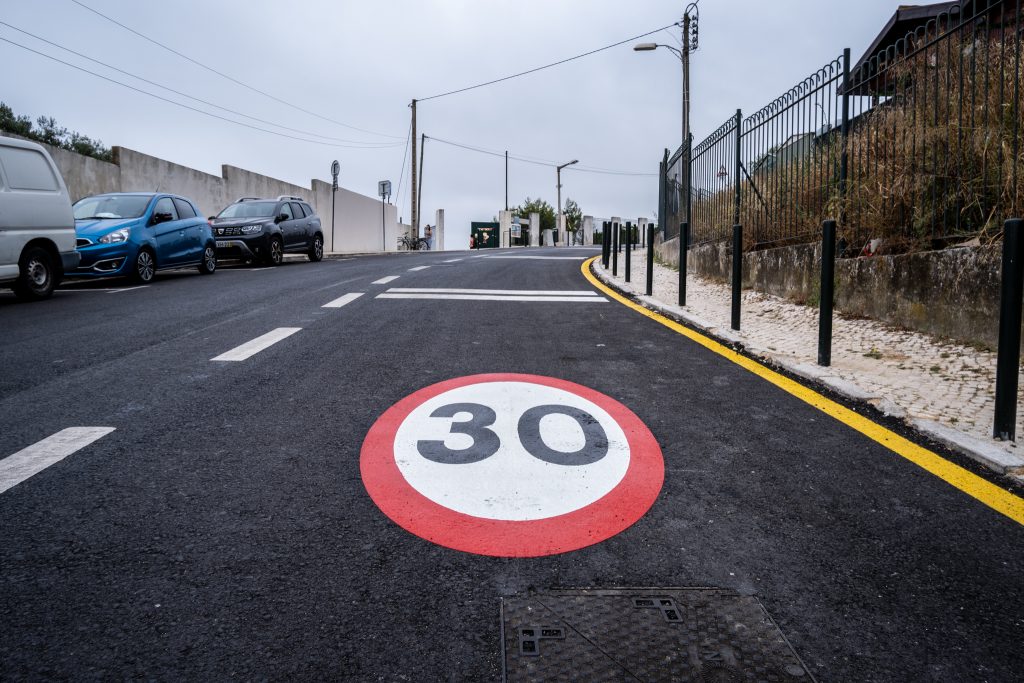
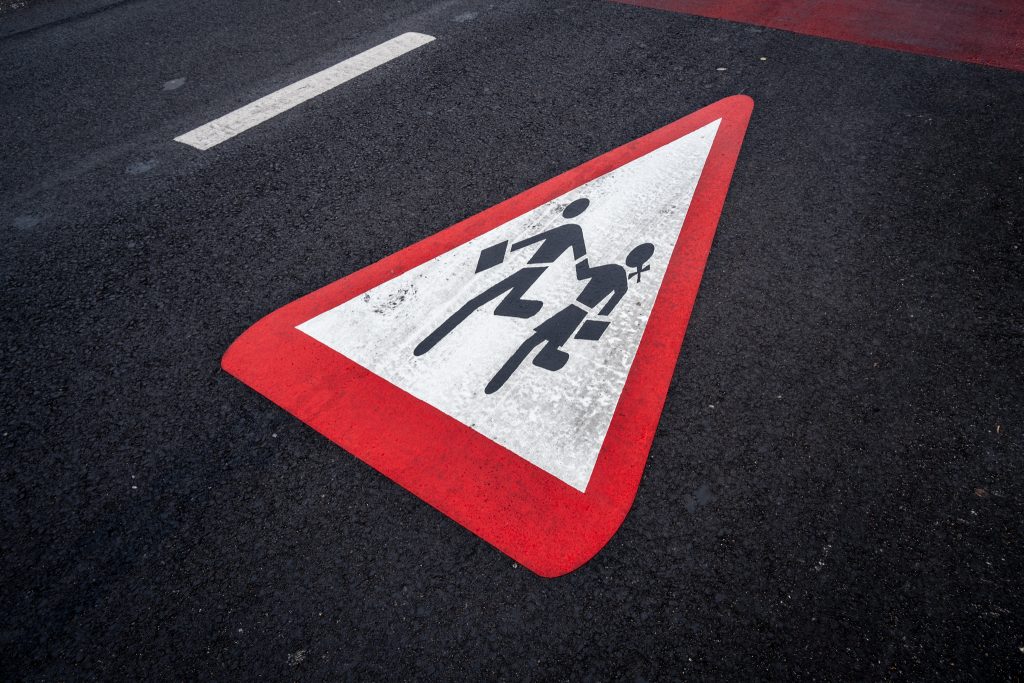
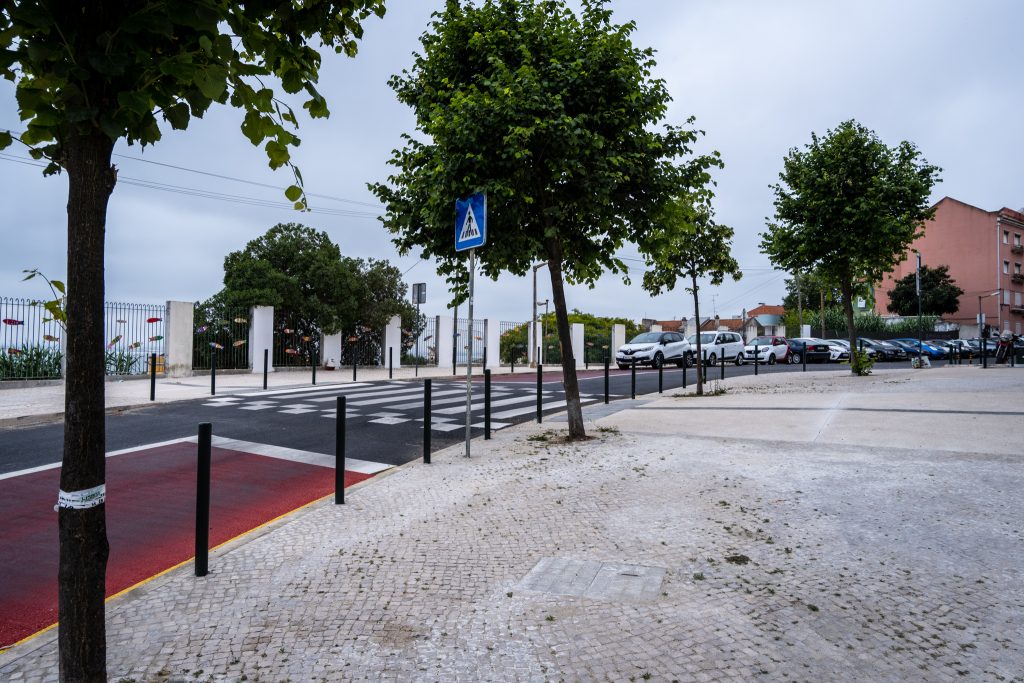
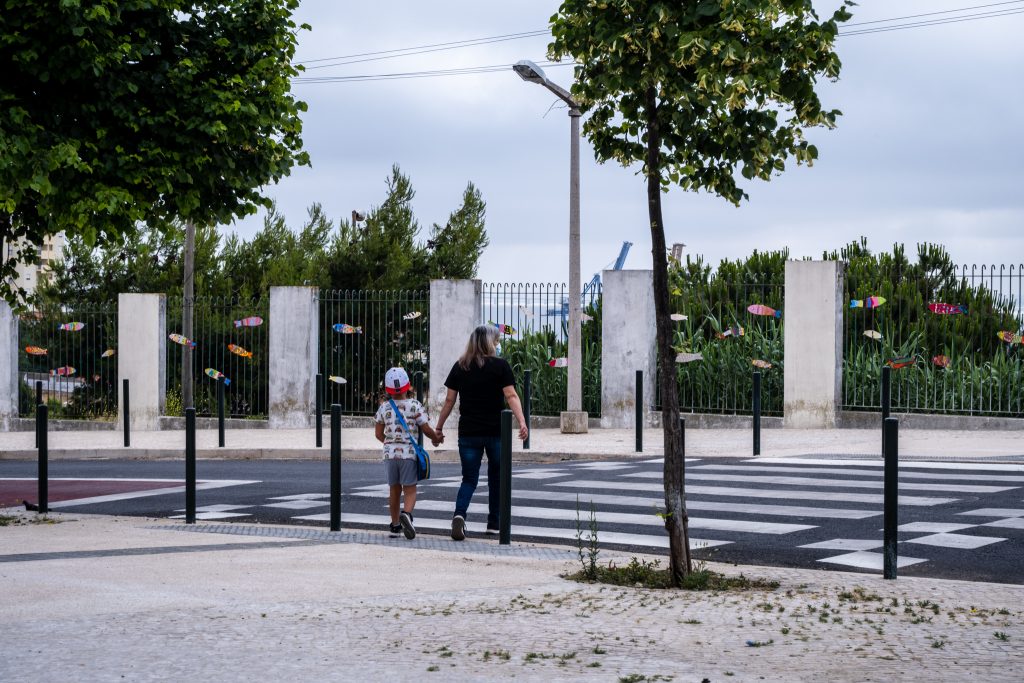
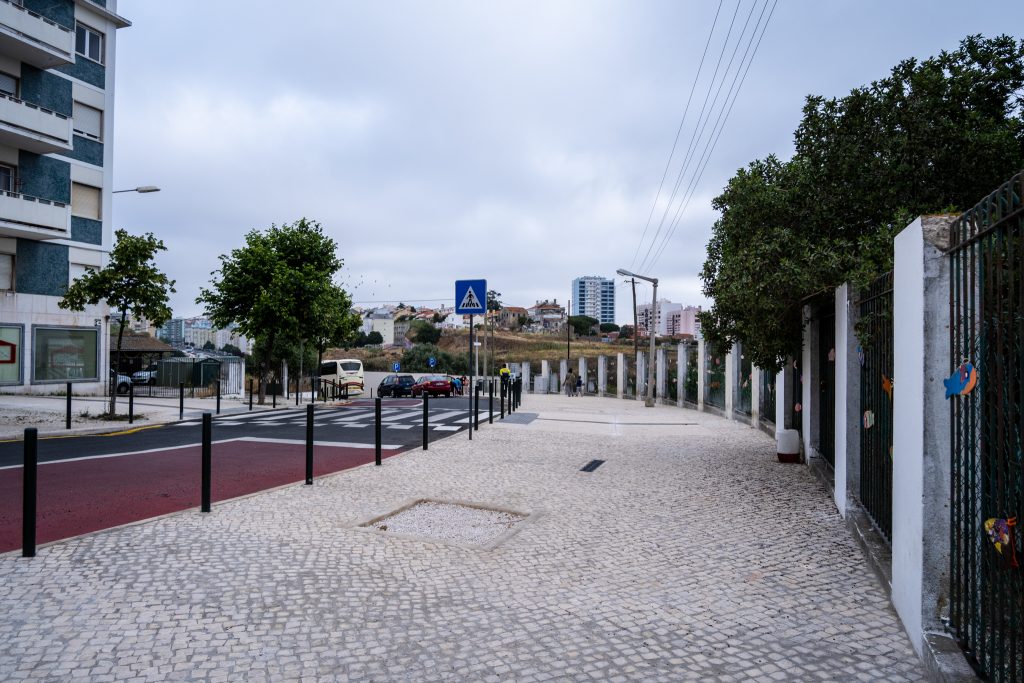
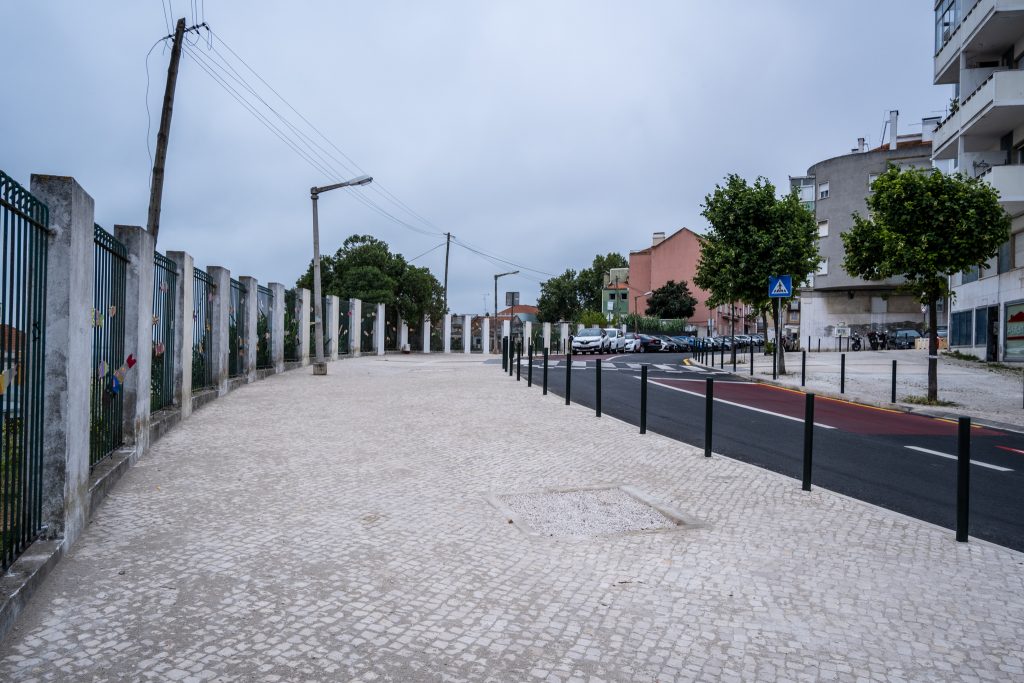
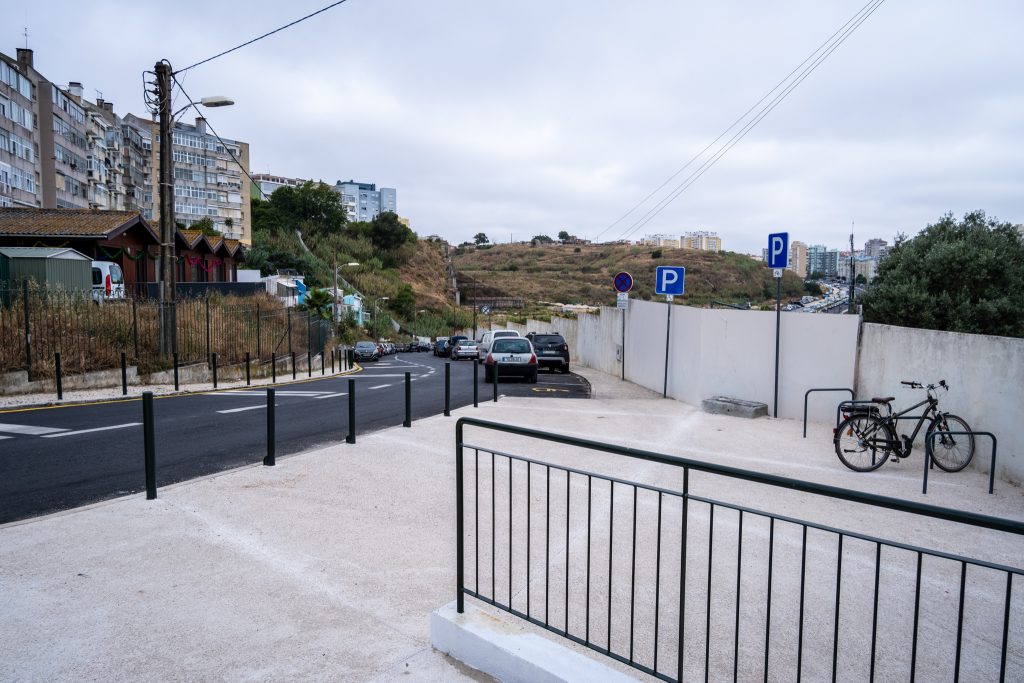
There is a City Police officer assigned to at least monitor the children's entrances in the morning, but who seems to be of little help in organizing the traffic. A bus driver, for example, had to do all the maneuvering of the vehicle by himself and improvise a stopping place - partially occupying a crosswalk - to pick up several children on their way to some school activity. João explains that a mixed zone in front of the school was once considered, where vehicles could stop at certain times of the day just to pick up and drop off passengers. But this hypothesis was eventually put aside.
The wide sidewalk created in front of the school gate allows mothers and fathers to comfortably walk their children to school - many of them arrive on foot. The trees in front of the school have yet to be planted, the flowerbeds are empty for now. The sidewalk has not been revised and widened along the entire street, and there are bottlenecks before and after the school area. João says that EMEL is planning to change the whole area as part of the parking regulation that will be done there in the zone; the company is already intervening at the site. "All the parking is going to be regulated and down there, in that wasteland, a park is going to be created"he explains. In the future, the entire area of the so-called Vale de Santo Antóniois waiting for a real requalification and dignification.
Even with the improvements, John will continue to call for better public space in the parish of St. Vincent. The Facebook page that he feeds - Rosa Lobato Faria Elementary School safe - has more than four thousand followers.

